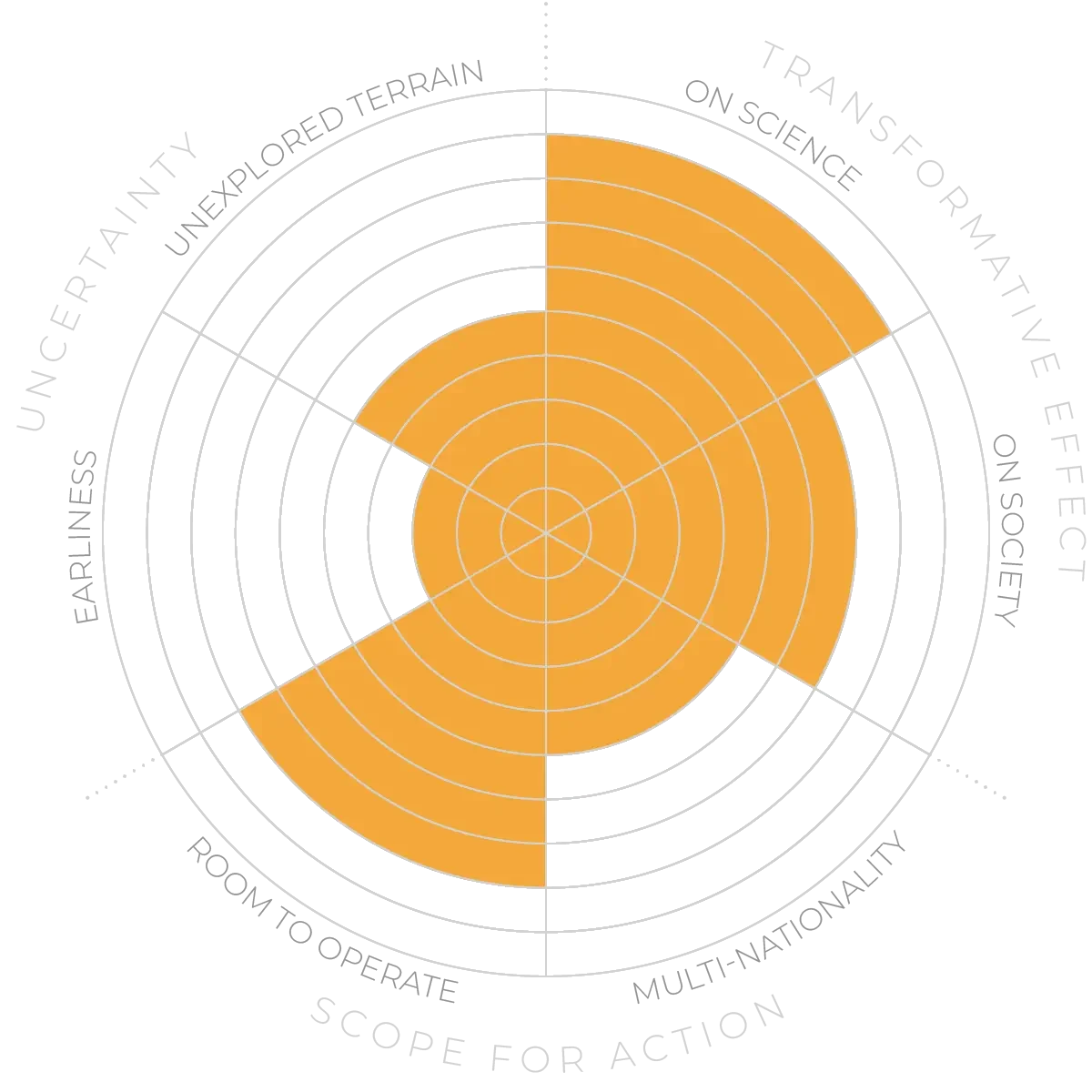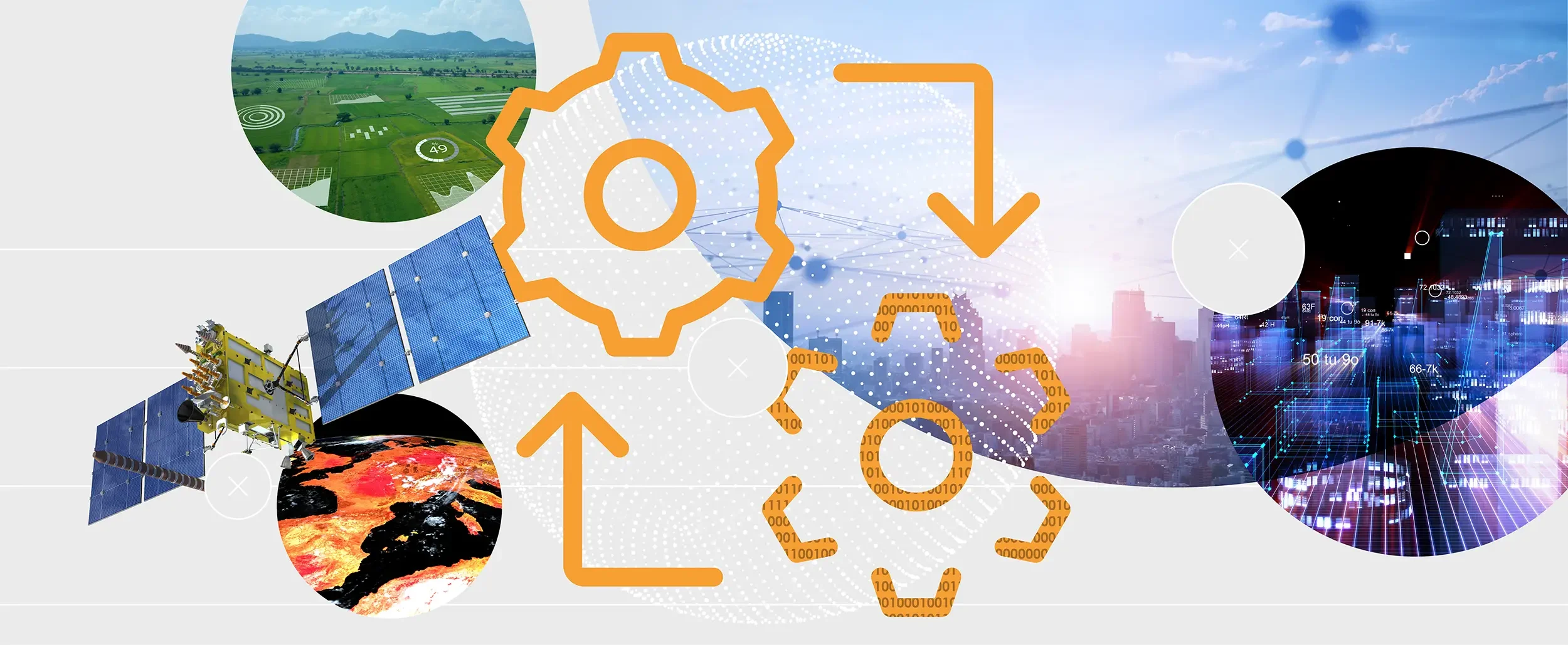Future Horizons:
10-yearhorizon
Better data and computational resources create better models
25-yearhorizon
Local and global models merge
These challenges are now becoming tractable thanks to expansion of our ability to collect and analyse data about SESs through satellite imagery,11 in situ networks of ecosystem12 13 and urban14 sensors, and automated aggregation of economic and social data.15 This in turn makes it possible to build computer models that simulate processes taking place in a wide variety of systems and at a wide variety of scales.
Initially, these models were confined to physical processes, with climate modelling being by far the best-known example,16 but as our data-gathering capabilities have expanded, we have now started to model ecosystems17 and various dimensions of societies such as urban planning18 and health19 as well. Research is under way into the use of these models as decision-support tools for policy-makers. 20
Technology vendors have put forward the idea of integrated “digital twins” that span physical, biological, social and economic dimensions from local to global scales, and particularly integrated models of cities. However, the case for these has yet to be proven, especially with regards to less wealthy communities, where the focus is more on using digital tools at more granular levels, such as buildings-information management.21
World simulation - Anticipation Scores
The Anticipation Potential of a research field is determined by the capacity for impactful action in the present, considering possible future transformative breakthroughs in a field over a 25-year outlook. A field with a high Anticipation Potential, therefore, combines the potential range of future transformative possibilities engendered by a research area with a wide field of opportunities for action in the present. We asked researchers in the field to anticipate:
- The uncertainty related to future science breakthroughs in the field
- The transformative effect anticipated breakthroughs may have on research and society
- The scope for action in the present in relation to anticipated breakthroughs.
This chart represents a summary of their responses to each of these elements, which when combined, provide the Anticipation Potential for the topic. See methodology for more information.



